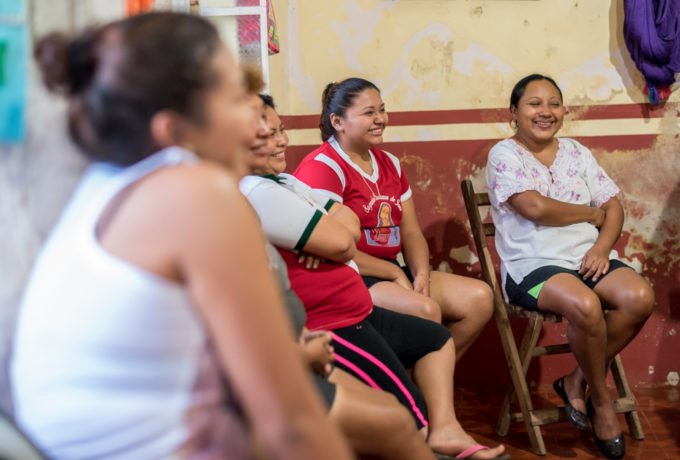
Don’t Let a Lack of Seafood Stop You From Making a Killer Ceviche

Don’t Let a Lack of Seafood Stop You From Making a Killer Ceviche
Ceviche de Chicharron in Siho, Mexico
We arrived at our friends’ house in Siho, in the Yucatan peninsula, on the last day of novena, a Catholic tradition of devotional praying for nine consecutive days. The house was full of neighbors and family members, feasting on handmade tortillas and relleno negro, a local type of mole.
Cande, our host, explained that years ago his mom got really sick, so his father asked the local patron saint to cure her. The prayer (and the medicine) worked, so ever since, Cande’s family has celebrated novena as an act of gratitude, even though both of his parents have since passed away.
Later on, with night approaching, the party started to fade, so my partner and I began the ritual of thanking and saying goodbye to all of the remaining guests—but Cande invited us to stay the night. As we hadn’t seen each other for five years, agreed.
We were given two rooms with three hammocks to sleep in, one for each of us. The tradition of sleeping in hammocks dates back centuries here, and it’s been proven to be the best way to sleep through the suffocating peninsula heat. As a former Yucatan resident, I used to do the same, so I knew how to get into the right position. However, I seemed to have forgotten how to roll over in a hammock. Also, the mosquitoes and humidity made for a restless night. All three of us were up before 7 a.m.
We snuck out of the house for a walk. When we returned, a breakfast I hadn’t seen before awaited us—chicharron ceviche. Ceviche is usually made with fresh fish or other seafood, marinated in lemon juice, mixed with vegetables, and served with shards of fried tortilla. But Siho is far from the sea, and pork is a staple ingredient of Yucatan cuisine, so using fried pork skin instead of shrimp makes a certain amount of sense. Cande’s wife prepared it with bitter orange juice, homegrown chopped onion, tomatoes, cilantro, and spicy habanero.
As a shrimp ceviche lover, I was initially skeptical about this combination. Besides, I thought, adding liquid to the usually crunchy chicharron results in a weird, slimy sensation. But the first bite was fantastic. The chicharron maintained its consistency; the orange and habanero gave it a sweet touch.
We decided we wanted to replicate the dish at home. But when we got back to Puebla, we realized we couldn’t get hold of the bitter oranges they used, and the regular ones just didn’t do the trick. So we had to make do with our regular seafood ceviche.